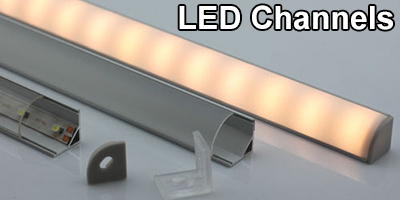Alteran
Enlightened
I was browsing batteryjunction.com, when I noticed some rechargeable lithium batteries, and I am thinking of buying them. There are 2 kinds being sold with a charger, the main difference, maybe the only one, is one kind of batteries are 900mAh, the others 750mAh. What is the difference? They are also listed as 3.0V batteries, but it then says they charge fully to 3.6V. I am also wondering if the higher initial voltages can damage LEDs, as I know it can blow incandescents. Also, it does say it is a 3.0V "working voltage". I am looking so save money on batteries, but I sure don't want to destroy one of my lights! I am very new to rechargeable lithium batteries, and any advice is greatly appreciated.
By the way, the batteries I saw are at http://http://www.batteryjunction.com/recrbachrc.html
By the way, the batteries I saw are at http://http://www.batteryjunction.com/recrbachrc.html
Last edited:

